Unisex sizing offers versatile and comfortable options for everyone, combining style with practicality․ This guide helps you find the perfect fit, ensuring comfort and confidence in your choice․
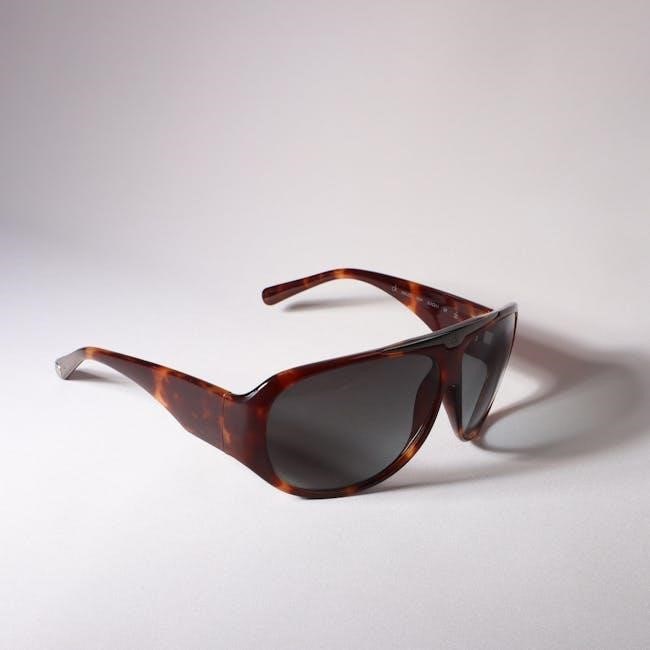
Understanding Unisex Measurements
Understanding unisex measurements is key to finding the perfect fit․ These standards ensure comfort and style by accommodating diverse body types and personal preferences effectively․
Chest Measurements for Unisex Clothing
Chest measurements are a critical factor in unisex sizing, ensuring a comfortable and flattering fit․ To measure accurately, wrap a flexible tape measure around the fullest part of your chest, keeping it level and parallel to the floor․ For unisex clothing, the chest measurement typically determines the primary fit, as it accounts for the garment’s overall proportions․ Proper chest sizing ensures the garment isn’t too tight or too loose, allowing for ease of movement․ Fabric type and stretch also influence how chest measurements translate to fit․ Always refer to the brand’s size chart, as standards may vary slightly between designers․ Accurate chest measurements are essential for achieving the desired look and comfort in unisex styles․
Waist Measurements in Unisex Sizing
Waist measurements play a significant role in achieving a well-fitted silhouette in unisex clothing․ To measure your waist accurately, locate the narrowest point of your natural waistline, typically just above the hipbone․ Wrap the tape measure snugly but not tightly around this area, ensuring it’s parallel to the floor․ Waist measurements are crucial for determining the fit of pants, skirts, and shorts, as they provide the primary point of adjustment․ In unisex styles, the waist measurement often correlates with the garment’s overall comfort and structure․ However, some unisex designs may feature adjustable waistbands or elastic waistlines for added flexibility․ Always consider the specific style and fabric when interpreting waist measurements to ensure the best fit․
Inseam and Outseam Measurements Explained
Inseam and outseam measurements are essential for determining the length of unisex pants and shorts․ The inseam is the distance from the base of the crotch to the bottom of the pant leg․ To measure it accurately, place the tape measure along the inside of the leg, ensuring it follows the natural curve of the body․ The outseam, on the other hand, measures from the top of the waistband to the bottom of the pant leg along the outside․ These measurements help ensure the perfect length, whether you prefer a relaxed fit or a tailored look․ When shopping for unisex clothing, considering both inseam and outseam ensures a flattering and comfortable fit for all body types․
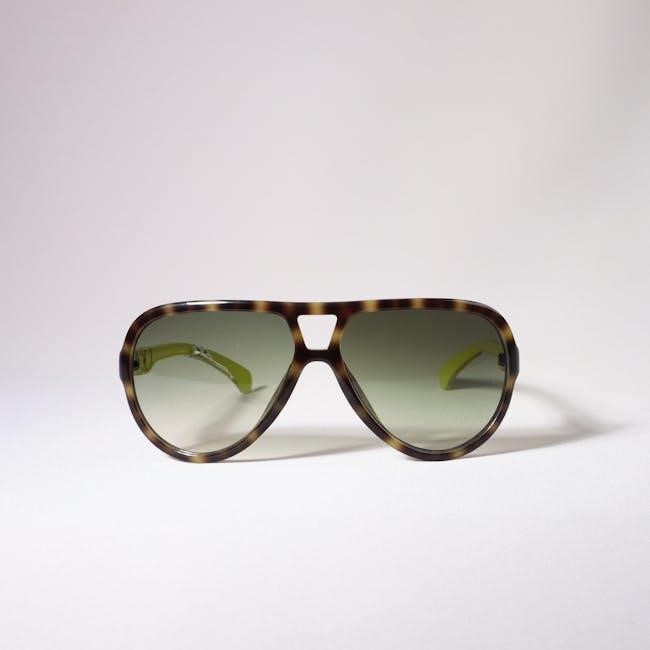
How to Choose the Right Fit
Selecting the right fit involves considering your body type, personal style, and fabric preferences․ Ensure comfort and confidence by aligning your choices with these key factors․
Body Type Considerations for Unisex Clothing
Understanding your body type is crucial for selecting unisex clothing․ For rectangular body types, balanced fits work well, while hourglass figures may prefer tailored styles․ Pear-shaped individuals benefit from tops that draw attention upward, and inverted triangle body types can balance proportions with structured pieces․ Athletic builds should opt for breathable, moisture-wicking fabrics, and petite frames look best in proportionate lengths․ Considering these factors ensures a flattering and comfortable fit, enhancing both style and confidence․ Each body type has unique needs, and addressing them leads to a more satisfying wardrobe choice․ Always consider how fabrics drape and how styles complement your natural shape for the best results․ This approach guarantees a personalized and polished look every time․
Fabric Type and Its Impact on Sizing
Fabric type significantly influences unisex sizing, as different materials have varying stretch and drape․ Cotton and polyester blends offer durability and minimal shrinkage, while rayon and linen provide a relaxed fit․ Stretchy fabrics like spandex or elastane allow for a snug, form-fitting silhouette, making them ideal for active wear․ Thicker fabrics, such as fleece, can add bulk, affecting the overall fit․ Consider the fabric’s breathability and how it molds to your body to ensure comfort and the desired look․ Understanding fabric properties helps in making informed choices, ensuring the perfect balance between style and functionality․ Always check the fabric composition to anticipate how it will perform and fit․ This awareness enhances the overall shopping experience and satisfaction with your purchase․
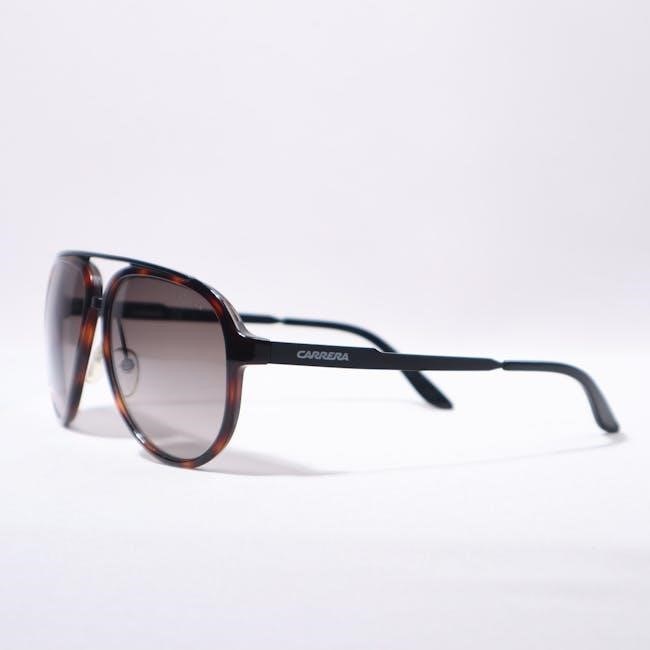
Factors Affecting Unisex Sizing
Several elements influence unisex sizing, including body type, fabric stretch, and brand-specific standards․ Personal style preferences also play a role in achieving the ideal fit․
Personal Style and Fit Preferences
Personal style and fit preferences significantly impact unisex sizing choices; While some prefer a relaxed fit for comfort, others opt for slim-fit designs for a more tailored look․ Body type plays a role, as petite individuals may favor shorter inseams, while taller people might prefer longer lengths․ Additionally, fabric type influences comfort and drape, affecting overall fit․ Understanding your personal style helps in selecting sizes that align with your aesthetic and comfort needs․ Consulting size charts and considering fabric stretch can ensure a flattering and comfortable fit tailored to your preferences and body type․
Brand Differences in Sizing Standards
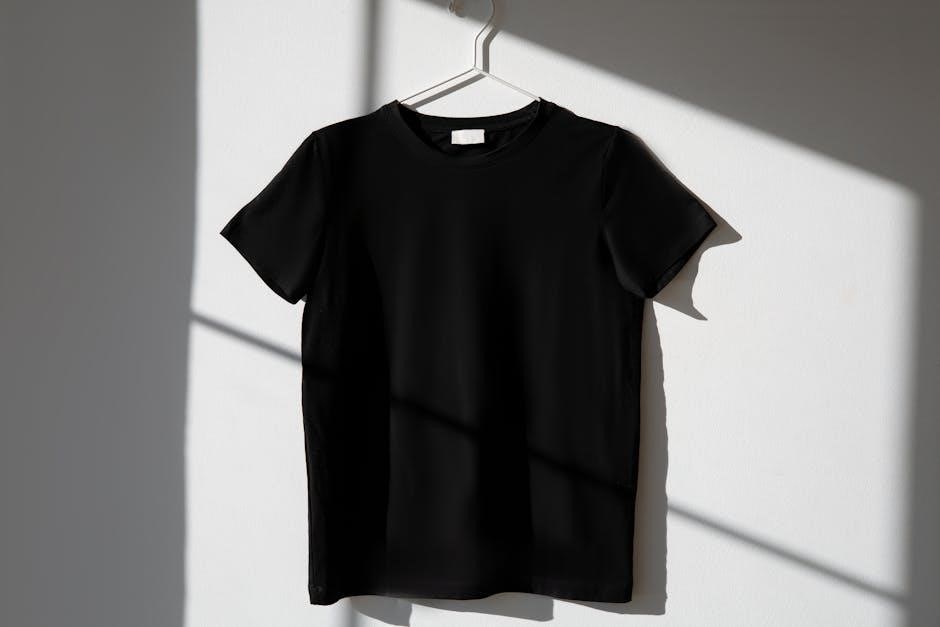
Brand differences in sizing standards are common, as each brand tailors its designs to specific audiences and aesthetics․ Some brands emphasize relaxed fits, while others focus on slim, contemporary cuts․ These variations can make sizing inconsistent across labels, even within unisex categories․ Regional standards also play a role, as brands may adjust measurements to cater to different markets․ Fabric choices further influence fit, with some materials offering more stretch or structure than others․ To navigate these differences, it’s essential to consult each brand’s size chart and read reviews for insights into how their products fit․ Understanding these nuances ensures a better match for your personal style and comfort preferences․

Best Practices for Using a Unisex Sizing Guide
Measure yourself accurately, consult size charts, and consider fabric stretch; Choose styles that align with your body type for optimal comfort and confidence in fit․
Measuring Yourself Accurately
To ensure the best fit, measure yourself carefully using a flexible tape measure․ For shirts, measure the chest around the fullest part, keeping the tape level․ For pants, measure the natural waistline and inseam․ Stand straight and relaxed during measurements․ If possible, have someone assist for accuracy․ Record your measurements and compare them to the unisex size chart provided by the brand․ This step is crucial for selecting the right size and avoiding returns․ Accurate measurements ensure comfort and confidence in your unisex clothing choice, making the sizing process straightforward and reliable․
Consulting Size Charts Before Purchasing
Before making a purchase, always review the size chart specific to the brand and item․ Unisex sizing can vary between brands, so comparing your measurements to their chart ensures the best fit․ Look for details like chest, waist, and inseam measurements, as these are critical for comfort and style․ Some charts may include size conversions or fit recommendations, which can be helpful․ Taking the time to consult the size chart reduces the likelihood of needing exchanges or returns․ It also helps in selecting a size that aligns with your personal fit preferences, whether you prefer a relaxed or tailored look․ This step is essential for a seamless shopping experience and satisfaction with your purchase․
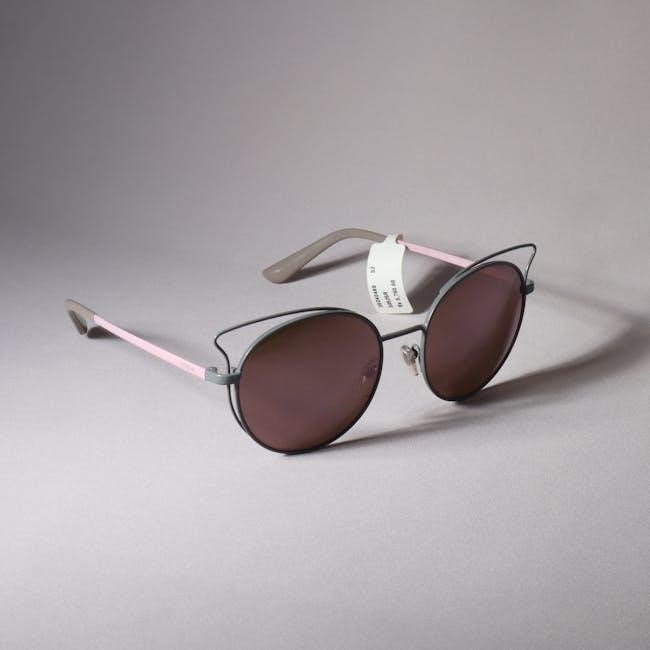
Troubleshooting Common Sizing Issues
Identify fit discrepancies by comparing measurements to size charts․ Address issues like tightness or looseness by adjusting sizes or considering fabric stretch for optimal comfort․
When Clothes Run Too Small or Too Large
It’s common for unisex clothing to fit inconsistently due to varying body types and fabric stretch․ If clothes feel too tight, consider sizing up for comfort․ Conversely, if garments are too loose, opt for a smaller size or tailored fits․ Pay attention to how fabrics drape, as some materials naturally cling or relax over time․ Checking size charts and reviews can help predict fit accuracy․ Additionally, personal style plays a role—some prefer a relaxed look, while others favor a snug fit․ Always measure accurately and adjust expectations based on fabric type to avoid sizing mishaps․
Adjusting Expectations Based on Fabric Stretch
Fabric stretch significantly impacts how unisex clothing fits․ Stretchy fabrics like elastane or spandex allow for a snug fit without restricting movement, while non-stretch fabrics like cotton or linen may require a looser cut․ When choosing clothes, consider the fabric’s elasticity․ For instance, a polyester-blend T-shirt may fit differently than a 100% cotton one․ If a garment feels tight, check if the fabric has stretch potential․ Conversely, non-stretch fabrics may need sizing adjustments to avoid restrictive fits․ Always review care labels to understand fabric behavior and shrinkage risks․ By aligning fabric choice with your desired fit, you can achieve comfort and style effortlessly․ This ensures a satisfying wardrobe experience tailored to your preferences․



